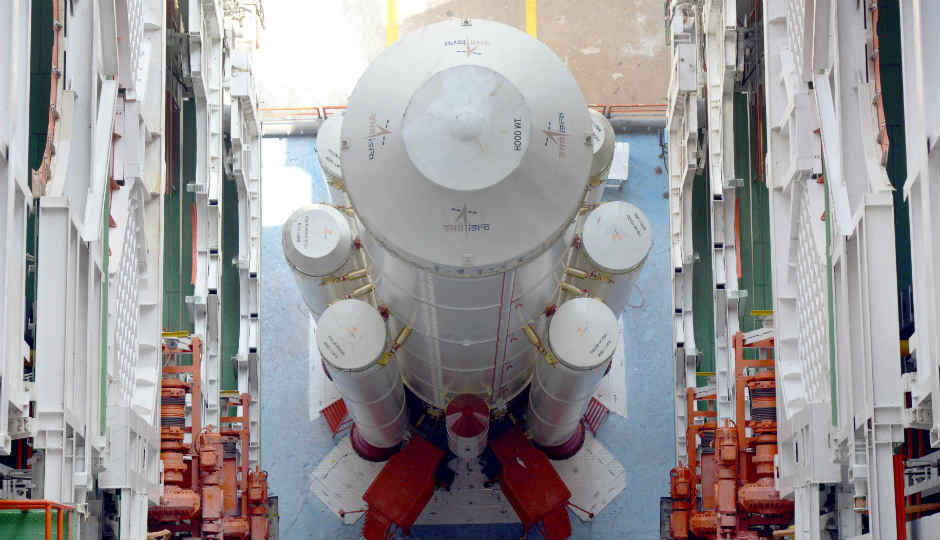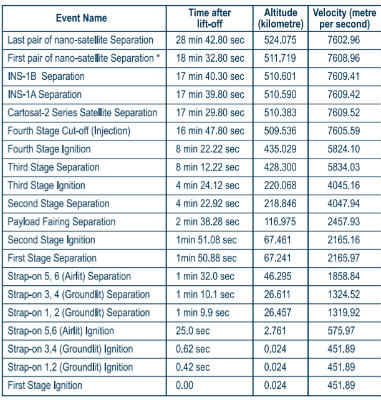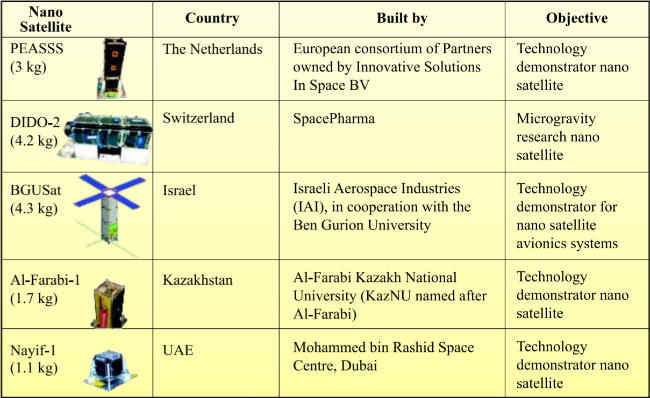All you need to know about ISRO’s record-breaking PSLV launch

ISRO attempts to launch 104 satellites in a single mission tomorrow. It is the sixteenth time that the Polar Satellite Launch Vehicle flies in its XL configuration.
The Indian Space Research Organisation has embarked on a historic journey. On 9.28 hours IST, February 15, ISRO will attempt a world record, launching 104 satellites on its Polar Satellite Launch Vehicle. The previous record is held by Russia, which launched 37 satellites. The Indian effort more than doubles on this, something that should put ISRO firmly on the map, in the multi-billion dollar satellite launch vehicle market.
The PSLV has flown 38 times before, but this time is different. On February 15, on its 39th mission (PSLV-37) flies with the Cartosat 2 series satellite, meant specifically to monitor activities of nations that are hostile towards India. While the Cartosat is the main mission here, on board at 103 co-passengers, most of which are satellites for foreign countries.

This makes little sense to us, regular people
PSLV-37 will be launched from the First Launch Pad (FLP) of Satish Dhawan Space Centre (SDSC), Sriharikota. This is the sixteenth time that the PSLV is flying in its “XL” configuration, which means it will have strap-on motors attached to it. This increases the PSLV’s total payload capacity, allowing it to carry the 104 satellites together. The Cartosat-2D satellite itself weghs 714 kg, while the passengers together make for another 664 kg.
What is Cartosat-2?
The CartoSat-2D will be the first to detach from the PSLV, being the primary satellite of the PSLV-37. As mentioned above, it is the heaviest satellite on board the mission this time. It is also the fifth Earth observation satellite in India’s CartoSat series. The PSLV will inject it into a 505km Sun Synchronous Polar Orbit before the CartoSat is made operational.
Earth observation includes activities like remote sensing. For this, the CartoSat 2D has multispectral and panchromatic image sensors. The data from this satellite will be used for a variety of Land Information Systems, mapping, road network monitoring and more. If this were a phone, you would call this next part, the specs:
Launch Mass:
714 kg
Type of Satellite:
Earth Observation
Manufacturer:
ISRO
Owner:
ISRO
Application:
Earth Observation
Orbit Type:
SSPO
Who are the co-passengers?
According to ISRO, the companions flying on this wild ride with the CartoSat satellite are from countries like Kazakhastan, Israel, Switzerland, The Netherlands and the United Arab Emirates. 101 in total, these are all nano-satellites, with 96 being from the United States of America. India also has two nano-satellites in the fray and the total weight of the combined payload, including the Cartosat, stands at 1378 kg.
The two ISRO nano-satellites being carried on the PSLV this time, include the INS-1A and INS-1B. “These two satellites carry a total of four different payloads from Space Applications Centre (SAC) and Laboratory for Electro Optics Systems (LEOS) of ISRO, for conducting various experiments,” says ISRO.
INS stands for ISRO Nano Satellite and is a modular nano-satellite bus system. The satellite will be used to measure the amount of sunlight being bounced off different areas on the surface. This will be done with the help of the Surface Bidirectional Reflectance Distribution. The INS-1A weighs a mere 8.4 kg, with two science payloads on board. The other Indian nano-satellite, the INS-1B is slightly heavier, at 9.7 kg. It carries a remote sensing colour camera and the Earth Exosphere Lyman Alpha Analyser, which is meant for deep space observation for a particular form of excited hydrogen atom.
This is the schedule for separation from the PSLV
The party from the US
As mentioned earlier, the United States is sending 96 satellites. Of these, 88 are the Dove (Flock 3P), which are remote sensing satellites that will be imaging the Earth for various purposes, commercial, environmental and humanitarian. They are built and operated by Planet Inc, a company headquartered in San Francisco. The US also has eight other satellites, known as Lemur, which helps in real-time monitoring of large ships.
Others
ISRO has a neat little table summing up the satellites that are being carried for other countries.
Image and information source: ISRO






